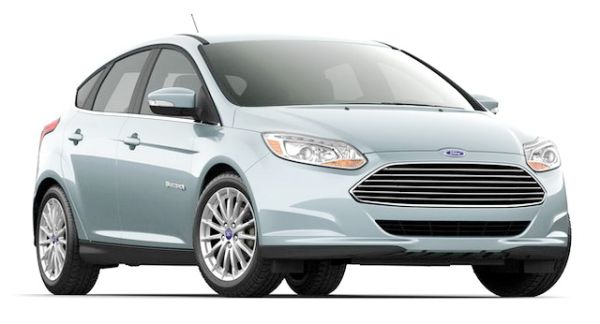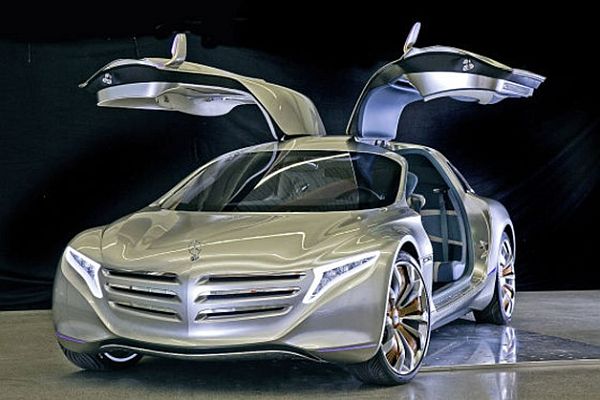Present needs
Our dependence on automobiles has seen a massive increase in production. Cars are being churned out in huge numbers to meeting growing consumer demands. SUVs, sedans, hatchbacks and coupes now come in different styles, all stunning and having the potential to make heads turn. But this has led to a slump in supply of conventional fuel sources, increasing gas prices and burning holes in the pockets of consumers.
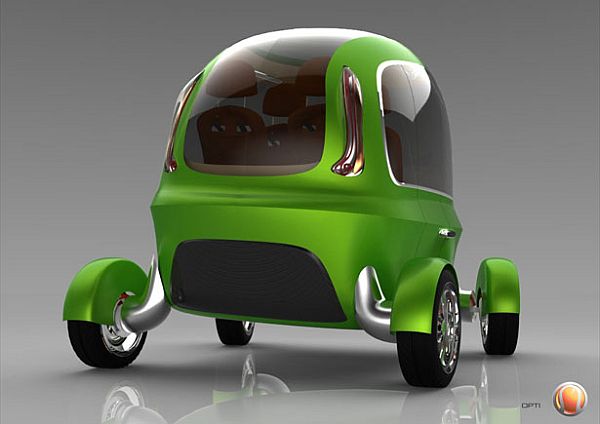
The human population now stands seven billion strong and experts predict a six percent expansion in urban areas. The issue of how to accommodate every individual and their assets is now a problem that urban planners are looking to battle. Congestion is an issue that is experienced by urban cities worldwide. With more cars on the road, there is more room for human error and accidents. As such, there is a need for fuel efficient vehicles that can get the job done without contributing to pollution and congestion as well as reducing instances of accidents.
Future perfect
We’ve come a long way in automated vehicular technology, ever since the first robotic car was built way back in 1980. Now, the future of technology looks bright enough to handle the problems we are currently facing. But, like all potential solutions, there needs to be consistent and determined planning coupled with sufficient investment. At the moment, designers are increasingly looking at personal rapid transit systems to replace existing modes of public transportation. A PRT is an automated vehicle that operates on special guide ways or tracks, picking up a certain number of passengers at designated stops. Similar to a railway, a PRT doesn’t have to contend with congestion or traffic snarls as they are assigned a specific path. Their routes are preprogrammed and the vehicle is completely automated so there is no room for human error. A major advantage to using PRT systems is that there is no start and stop factor. Conventional modes of transport require periodic start and stop owing to congestion, which leads to more use of fuel. However, since PRT vehicles don’t need to worry about traffic jams, they cut down hugely on unnecessary waste of fuel.
Trends
1. Jaguar Mark XXI: Bionomic autonomous Limousine
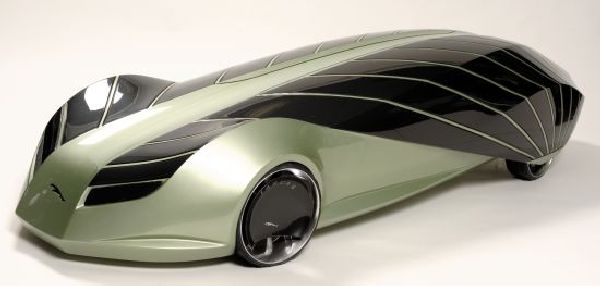
The proposer: Chris Pollard
The vehicle
Christopher Pollard’s bionomic autonomous Limousine called the Jaguar Mark XXI is a smart car that is completely automated. Luxurious without being a gas guzzler, the car uses solar energy to power it. Photovoltaic panels line the surface of the vehicle, trapping heat from the sun and using it to act as fuel. The panels lift up when the car is at rest, facing the sun and collecting heat. The energy that is harnessed is stored in a battery pack which is used on cloudy days. Since there is no need for a driver, there is ample space in the interior. Forward facing seats allow for a more intimate setting.
2. Autonomi concept electric vehicle
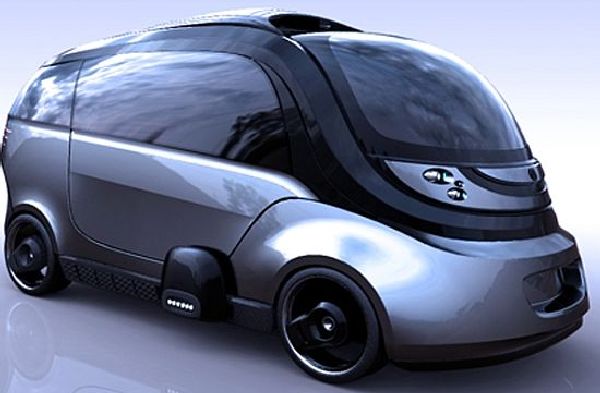
The proposer: Anthony Franze
The vehicle
Conceived by Anthony Franze, Autonomi is a fully automated vehicle which is proposed to be used to pick up passengers from airports. A unique ID card will give passengers access to the vehicle. Autonomi will run on four 120KW electric hub motors, which will be powered by batteries. Docking stations will provide the necessary recharge. Soy foam seats add to the sustainable nature of the Autonomi which, incidentally, can be rotated 180 degrees to allow for more freedom of movement.
3. AXI robot taxi
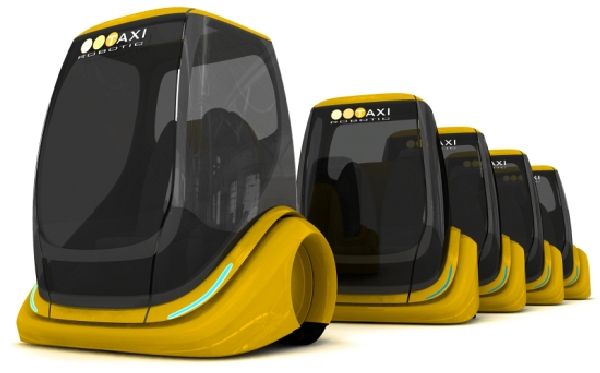
The proposer: Kubik Petr
The vehicle
Kubik Petr is the brain behind the AXI robot taxi. With a capacity of seating two adults and handheld baggage, the taxi is likely to be deployed in big cities that see a lot of congestion. Two electric motors in the rear wheels power the lightweight vehicle. Petr is of the view that the taxi will be able to top speed of 90kmph as well as being able to travel for 20 hours on a single charge. Passengers will be able to avail of the taxi’s services by calling an operator who will send the vehicle to the user’s location. The passenger can then key in the destination of his choice on a touch panel inside the vehicle.
4. OPTI concept driverless electric taxi
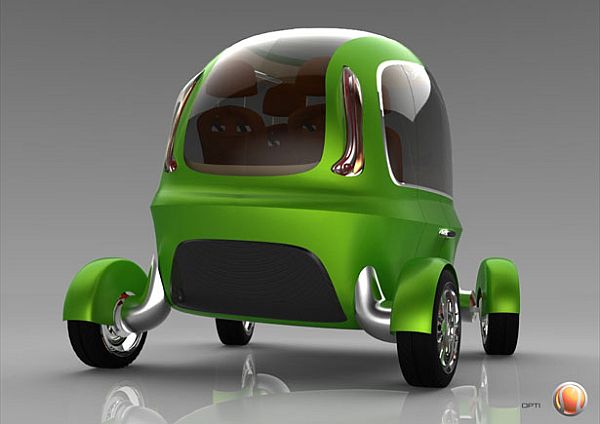
The proposer: Paul Piliste
The vehicle
Heeding the cries of Londoners frustrated with lack of cabs or incompetent cabbies, Paul Piliste has conceived the OPTI, a driverless electric taxi. The vehicle runs on lithium-ion batteries and can travel for 50 miles on a full charge. Unlike conventional cabs, OPTI will be available 24/7 at hiring points in bus and train stations. Passengers simply have to go to a hiring point, use the access panel to hire an OPTI and get in. Destinations can be selected via a touch screen inside the vehicle. Passengers will be charged according to the amount of battery used and payments will be made using a credit or debit card (strictly no cash).
Setting a new paradigm
1. Fuel efficiency
None of the vehicles listed above run on conventional fuel so there is no question of pollution. Since they don’t go looking for fares and park themselves after dropping off passengers, power is conserved. Destinations and routes are preprogrammed, saving time and doing away with wastage of energy.
2. Accident free technology
Passengers no longer have to contend with intoxicated or incompetent drivers. These preprogrammed vehicles follow a preset route which eliminates the chances of human error.
3. Decreasing pollution
While there are a few automated vehicles that run on both gas and electricity, most don’t use conventional fuel. This means zero emissions, cleaner air and better health.



